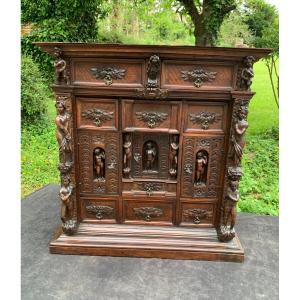Superb small walnut carved ceremonial cabinet called 'Stipo' a bambocci (literally decorated with 'bamboo')
Period Late 16th or early 17th century
The cabinet consists of 8 drawers (3 in the upper register, 2 on the 2nd one, and 2 on the lower level - including 1 double) and 3 doors on the 3rd level.
The upper level central carved, sliding to the right, conceals a secret part of 2 drawers in a row.
Sides are built as architectural spans with semi-circular arch supported by 2 pilasters
The iron fixed keys and bolts closing the doors are all original; also note the openwork and chiseled grips of the bronze / brass drawers decorated with devils' heads or bats.
These small cabinets were intended to be placed on a table or a chest.
Almost perfect condition. Only to report that the 2 secret drawers have been redone because they are often lost and missing.
Also note 2 missingmoldings strips of above the Putis framing the central door, easily to restore.
All the sculpture elements, plinths, tops and cornices, are original / geniune.
"In 16th century Genoa was one of the most cosmopolitan cities and opened to the world in Italy; it was a port city.
Then there was a real Flemish community in Genoa, whose influence can be detected easily here.
During this 16th century, the aristocracy as well as afluent population abandoned chests and refurbished their homes with cabinets and cupboards. Although this piece of furniture was initially intended to contain jewelry and other precious objects, it quickly became a ceremonial piece of furniture and a decorative element."
Sizes 70 width *30 depth *72cm height














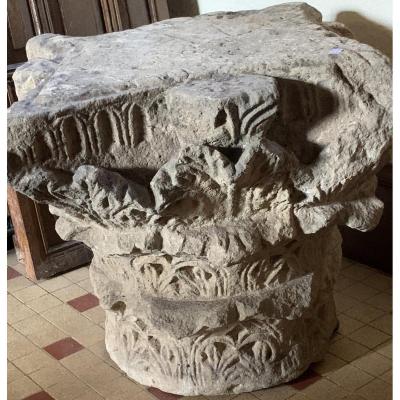

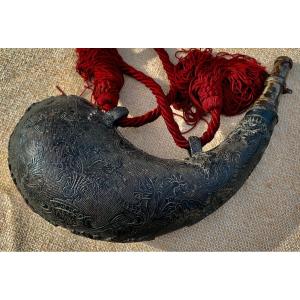
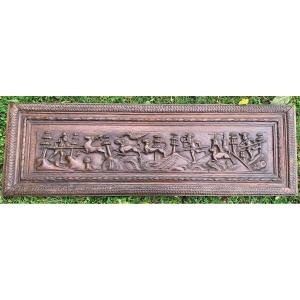

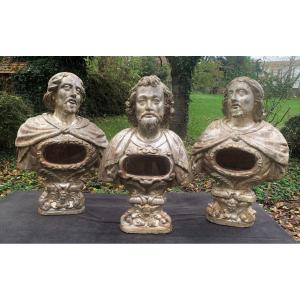

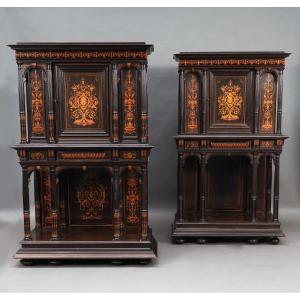







 Le Magazine de PROANTIC
Le Magazine de PROANTIC TRÉSORS Magazine
TRÉSORS Magazine Rivista Artiquariato
Rivista Artiquariato
